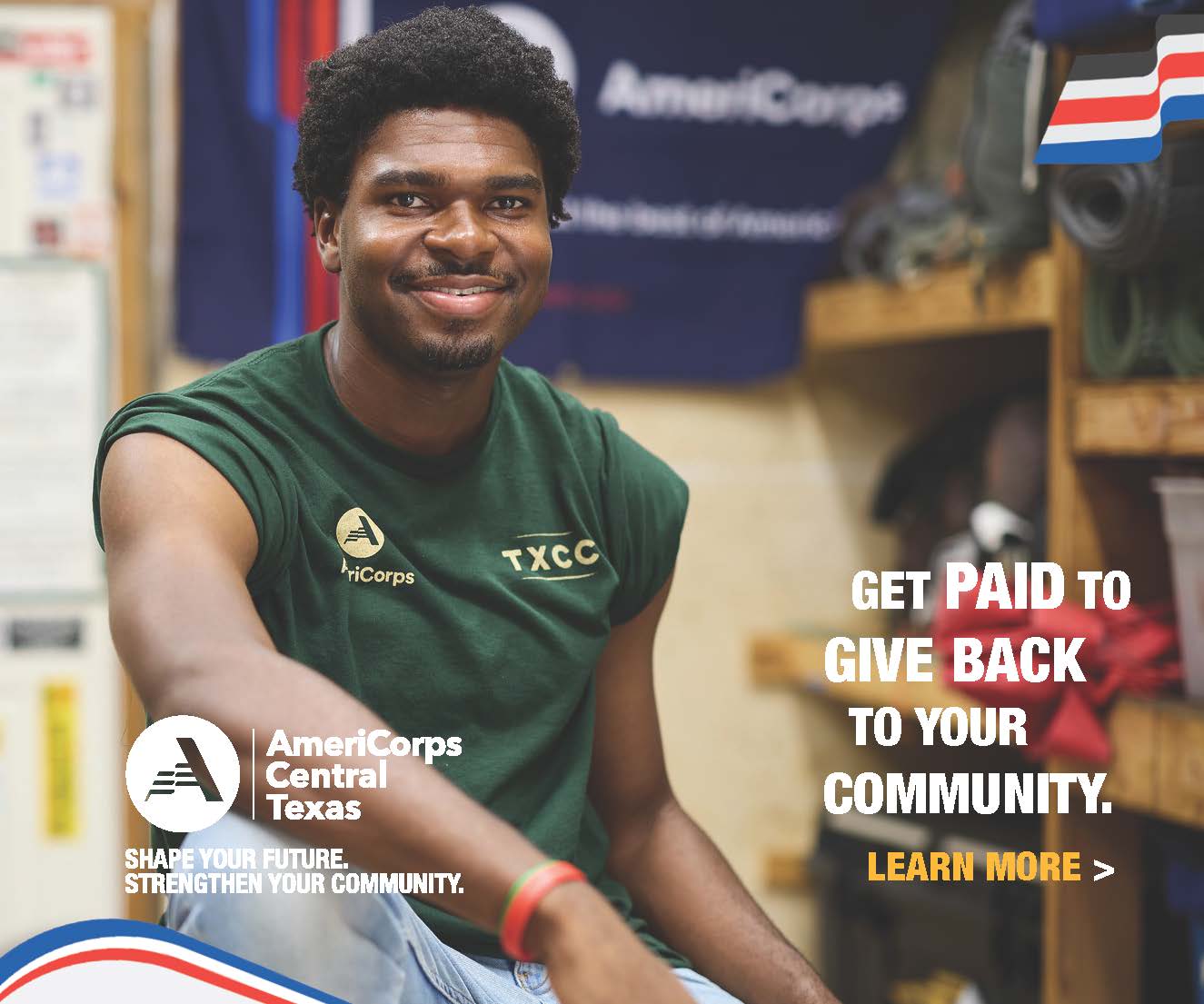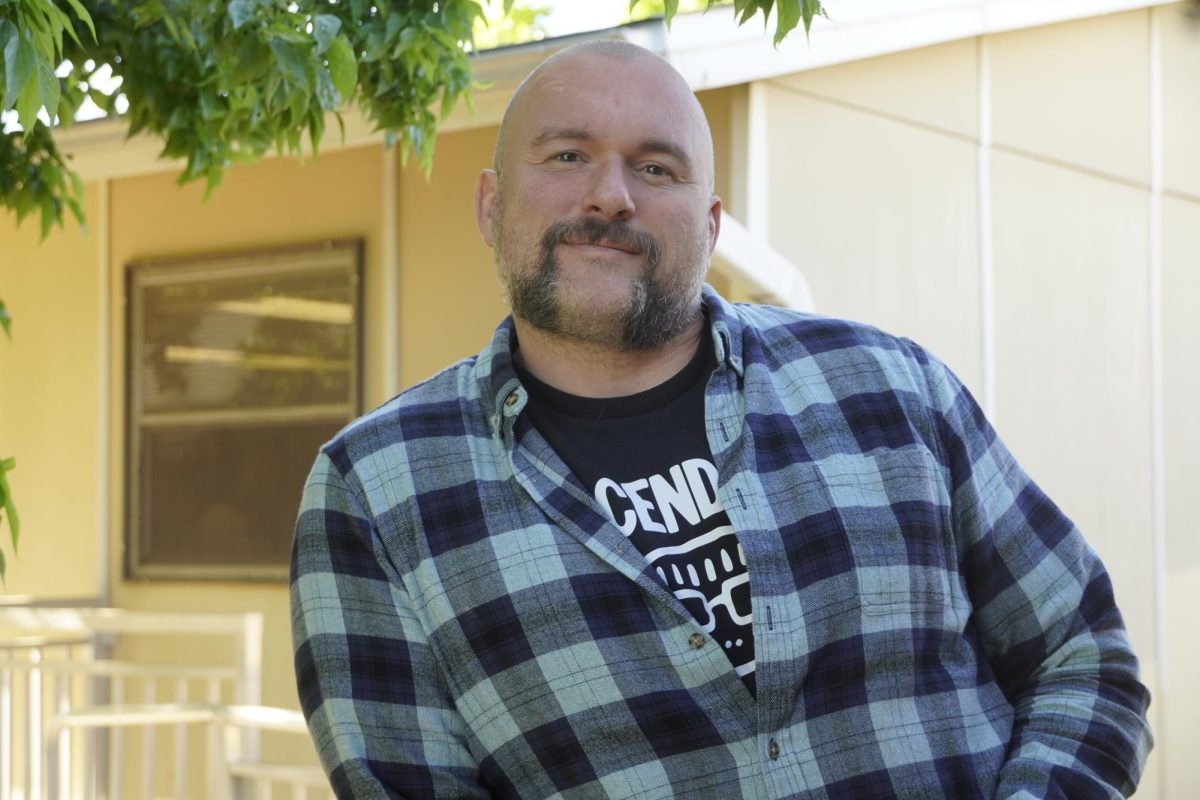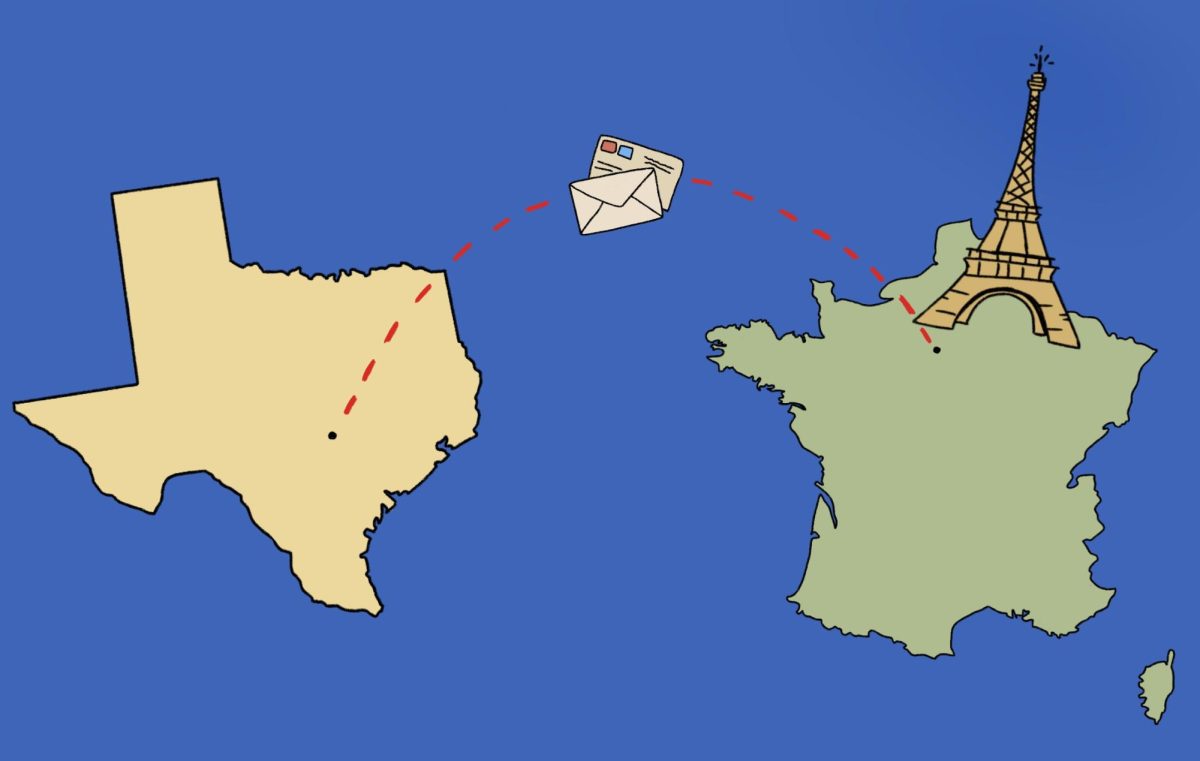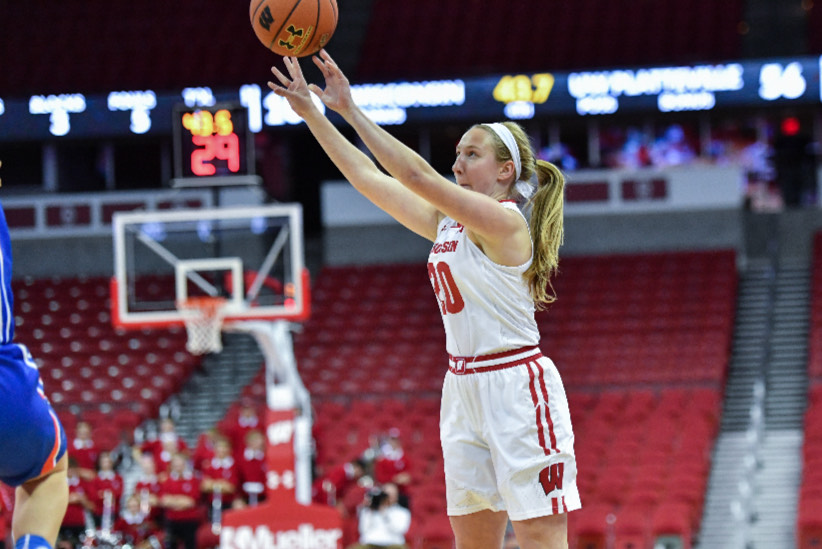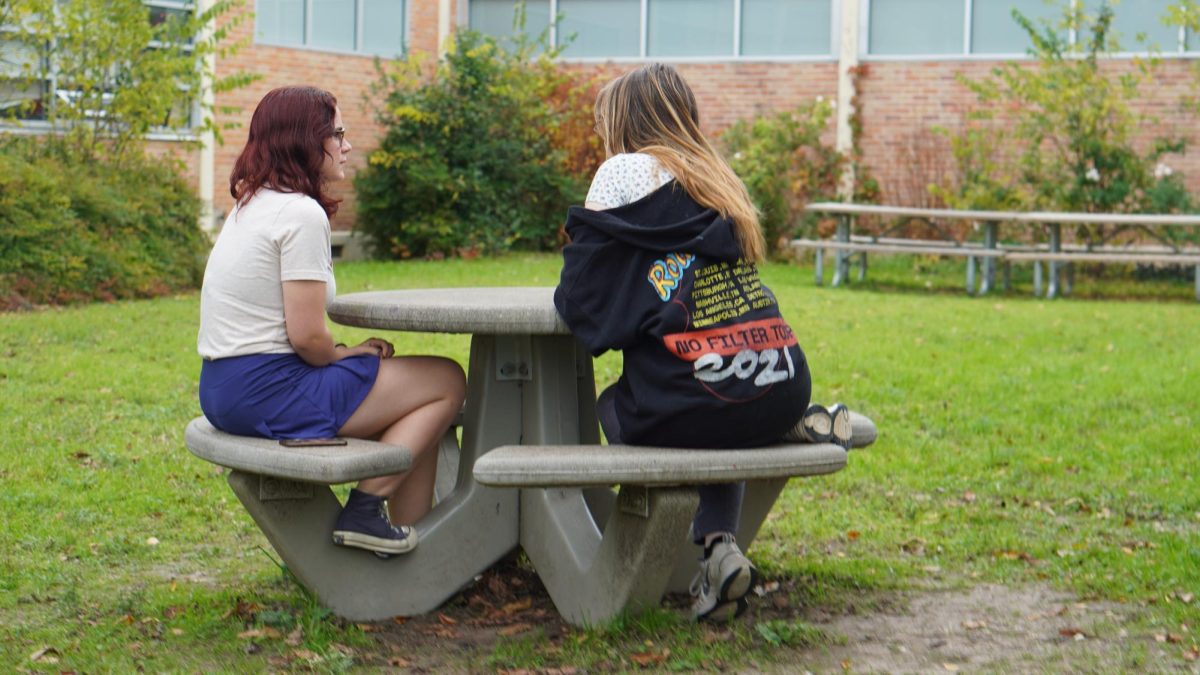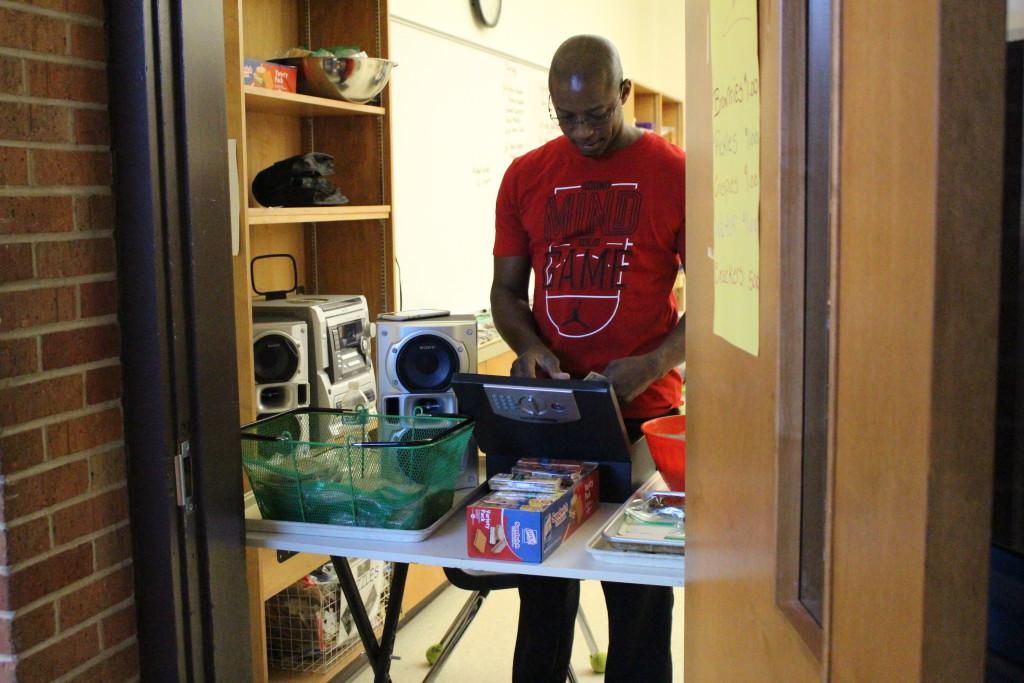
Loud rap music playing overhead and the sweet, gooey smell of chocolate and freshly-baked goods permeate the hallway during lunch as six or seven students stand in a line, chattering excitedly while waiting for the moment when they can get a satiating bite of the brownies, Rice Krispy treats, crackers or pickles the School Store has to offer.
“It started when a couple of teachers got the idea about seven years ago,” said teaching assistant Eddie Harris, the man who sells the products. “They heard about the idea from another school, and then they started doing it here, and we’ve been running it ever since.”
The store is incredibly popular with students, and lines can stretch out the doors on good sale days.
“It’s accessible, it’s consistently open, and just [has] really good brownies,” senior Gemma Moore said. “I think the pricing is really good. You can use spare change you have in your pocket…or just a buck you found on the ground, or something.”
Between the brownie mix, the vegetable oil, and the eggs, it costs about 10 cents to make each brownie, not accounting for taxes or other factors. Each brownie is sold for $1, whereas a brownie from Starbucks will set you back around $2.35.
“We actually don’t make too much profit,” Life Skills teacher Kimberly Hanna said. “We make enough money to sustain the store. It’s good experience for the kids: shopping, having to make a shopping list, and following recipe, handling and counting money, so that’s the goal of it, to sustain itself, and then the little money we do have left over we tend to spend on things we need around the classroom because we kind of function like a household. We buy laundry detergent or disinfectant, things like that. We may use the money to go out to eat if we have extra money one month. It doesn’t turn a huge profit or anything.”
According to the National Education Association, it costs around $16,921 to provide for one student in a special-education program, over double the amount for an average student. Despite the high cost, the government provides less than 20 percent of its commitment under IDEA, the Individual Disabilities Education Act. As there are around 5.69 million students under IDEA’s jurisdiction, schools need to find ways to provide for these students.
“It’s a constant fundraiser,” Hanna said. “It goes to a really good cause; it gives the kids some real-world life experience in the community, things they’ll be able to do after they graduate, and it’s a great way to support your fellow students.”
Lately there’s been a change in the operation of the store, which has drawn mixed reactions from consumers.
“We made one major change in the last couple of weeks,” Harris said. “We raised the prices up from 75 cents to a dollar, because of the increase in products we buy. Eggs went up, the brownie mix went up, everything went up. We’ve been about the same price for the last seven years, and we’ve tried to stay the same, but we weren’t making any money because of everything we had to buy,”
Some frequent customers don’t mind the price change.
“If it supports the program, then it’s cool,” freshman Miranda Hynes said. “I mean, it’s 25 cents more. Come on.”
Others aren’t as happy with the increase.
“I don’t blame them if stuff is more expensive, but I am so upset about the prices,” freshman Trinity Gonzalez said. “I’m a poor person. I don’t have the money to spend an entire buck.”
The teachers who help manage the store have more to manage than the price point of the products. The continuation of the store has become a major component of the program’s support of each student.
“One of the main challenges is that the nature of our classroom is that we have students of all ability levels, and so we’re constantly having to modify things,” Hanna said. “They’re all very different: different abilities, interests. They understand that we’re going shopping for the school store, it’s not just something futile, and there’s a purpose in it. They know what the money go towards; they really understand it.”
One of the best ways McCallum students can support the program? Just continue buying from the store.
“We love how excited everyone gets for the school store,” Hanna said. “It really helps keep our classroom going, helps us not to have to pay for supplies out of our pockets, and it helps support the kids.”



